|
Look, It's Frightful! Well, okay, it's a Peregrine Falcon, but for those of us who really loved My Side of the Mountain by Jean Craighead George, it could be Frightful, the bird trained by the hero of the story (a runaway boy named Sam living in the Catskill Mountains) in the 4000-year-old traditions of falconry. The fastest of birds (take THAT, Jonathan Livingston Seagull, you goopy creature), Peregrines dive at speeds up to 200 miles and catch urban pigeons with a most astonishing puff of feathers. The Peregrine can snatch a bat in mid-air. They can eat in mid-air. They typically hunt waterbirds, like wild ducks and coots and so on. They've been documented cruising along with airboats in the Everglades, using the boat like a bird-dog to flush prey. Which is kind of ironic, given our 4000 years of taming them. I could go on. Peregrine as a word implies "wanderer," but the birds mate for life and often return to the same area season after season. Their mating rituals include a courtly bowing dance phase (oh, don't they all) and the female decides where and when to fertilize her eggs. Like most raptors, the species almost died out in North America the 1970's due to DDT pollution, but have made a wonderful recovery once we stopped poisoning stuff.
They can be found on every continent on the globe except Antartica. Even in suburban coastal Florida on a random January morning. A few references https://www.nwf.org/Wildlife/Wildlife-Library/Birds/Peregrine-Falcon.aspx https://www.allaboutbirds.org/guide/Peregrine_Falcon/id http://www.pbs.org/falconer/man/ https://www.allaboutbirds.org/naturalists-notebook-peregrine-falcon-hunts-bats/ http://myfwc.com/wildlifehabitats/profiles/birds/raptors-and-vultures/peregrine-falcon/
4 Comments
A few years ago, for his birthday, Mr. Linton asked for an underwater fish light.
He makes so few actual requests, and it was his birthday, so we ordered one from a local (localish) firm in Port Charlotte, Florida. It rocks. All year round, if a person happens to be sleepless and curious, this is the kind of sight on offer. Snook, catfish, mullet, the occasional manatee, baitfish and shrimp, tiny glowing jellyfish, and big, mysterious shapes that fire the imagination. Writing teacher Terra Pressler used to assign the task of finding visual miracles. The idea being that stuff is happening all around, if only we'd pay attention. This one was perched in the tree above the house the other afternoon, hoo-hoo-hooing until the sun set. Story 1: Low Owl
How? How? How had he managed to be shunned by every member of that most reclusive and singular of all the avian clans who fly by night? Oh, he'd tried to fit in, he'd tried the best he knew how, but to no avail. He shook his head in dismay and preened his feathers. How hard he had tried. And in a nutshell, there it was: the heartbreak of dyslexia. Story 2: Learning to Fly Kurt Vonnegut: "We have to be continually jumping off cliffs and developing our wings on the way down." Humans always had to be doing that, she thought. Always laying claim to stuff they weren't able to handle. Witness land ownership. Witness the use of pesticides and artificial sweeteners which seeped into the water and flavored plants and insects. She'd taken a juicy rodent just the other evening and detected the flat metallic ping of fluoxetine even in its innocent duadenum. It was depressing, frankly. Sure, they traveled through the air, noisily as only humans could make a process. But growing their own wings? As if. Like any bird, she'd thought about what it would be to trade alulars and primaries for additional phalanges –– with one in opposition. She'd be able to thread an needle or practice calligraphy, but feathers? Feathers win hands down. Ask Icarus which he'd choose –– the paternal hands that wrought the wings or the fierce effortful moments near the Aegean sun before the pinions melted and fluttered into the sea. Story 3: Exodus 33:20 Marquis was more of a doer, really, than a thinker. Even in a family that twitched and hustled from dawn to dusk, he was the kind of youngster who tended to nap through sermons. He remembered the words from the sermon, however, even at the moment that they proved themselves. He had a moment to reflect, as he was carried unnaturally up and across the evening sky, that indeed –– no one could look upon that face and live.
This ties into my New Year's genealogy binge. My binge was marked by long stints in front of the trusty laptop punctuated by exclamations of, "Huh. Well of course it's his great-uncle Gorton," and "What were the chances that these two families would intermarry this many times? Jeesh. Guess they swiped right on KINder. Nyuk nyuk nyuk."
But back to my binge: I was poking into the history of my Wheeler kin. They lived way up in the hills of Franklin County, Georgia, fifty or so miles southwest of Asheville, NC. My Grampa Navy would have pronounced that word as "he-ills." Franklin County held quite a number of likely Richard Wheelers who might be my great-great-grandfather, but he's been a sticky wicket. In that steep corner of the world, Wheelers bifurcated like tadpoles in a pond. And they each named their kids after the same uncles and dads: William, Richard, John, James.
Taking a closer look at the census-taker’s handwriting, I saw that Lu Ellar is more likely “Sue Ellen.” Regional –– but not so over-the-top as "Lu-Ellar."
Mr. Foreman used to insist that we pronounce the lyrics as befitted the song and its historical setting (just as a later professor taught me to read Spenser so that it rhymed). So when the chorus came up in my mind (and –– full disclosure –– throughout the living room) I sang it this way: “A-WAY! I’m bound away, across the wide Missor-ah.”
If Lu Ellar can be Sue Ellen, what about Massurah? Massurah, Missourah...Missouri. Missouri? Click-click-click and it turns out that Massurah was the delightfully easier-to-track Missouri Caroline Wheeler. Her grandfather was my great-great-great grandfather. I don’t yet know why she was given this unusual name, but I do have a better handle on Richard, son of Mary Freeman and William Wheeler. Okay, belay the antelope. There are no antelope at Paynes Prairie. But there IS an actual prairie near Gainesville, Florida. Go figure. Where the buffalo roam even. We made it home for a couple of days before New Year's. Paynes Prairie was the state's first state park. It's also the subject of one of the great early narratives about nature in the New World. In 1773, William Bartram traveled south from Philadelphia, sketching and making extensive notes that became Bartram's Travels, first published in 1791 by James and Johnson in Philadelphia.
Exerpt from page 128 THE alligator when full grown is a very large and terrible creature, and of prodigous strength, activity and swiftness in the water. I have seen them twenty feet in length, and some are supposed to be twenty-two or twenty-three feet; their body is as large as that of a horse; their shape exactly resembles that of a lizard, except their tail, which is flat or cuniform, being compressed on each side, and gradually diminishing from the abdomen to the extremity, which, with the whole body is covered with horny plates or squammae, impenetrable when on the body of the live animal, even to a rifle ball, except about their head and just behind their fore-legs or arms, where it is said they are only vulnerable. |
About the Blog
A lot of ground gets covered on this blog -- from sailboat racing to book suggestions to plain old piffle. FollowTrying to keep track? Follow me on Facebook or Twitter or if you use an aggregator, click the RSS option below.
Old school? Sign up for the newsletter and I'll shoot you a short e-mail when there's something new.
Archives
June 2024
Categories
All
|
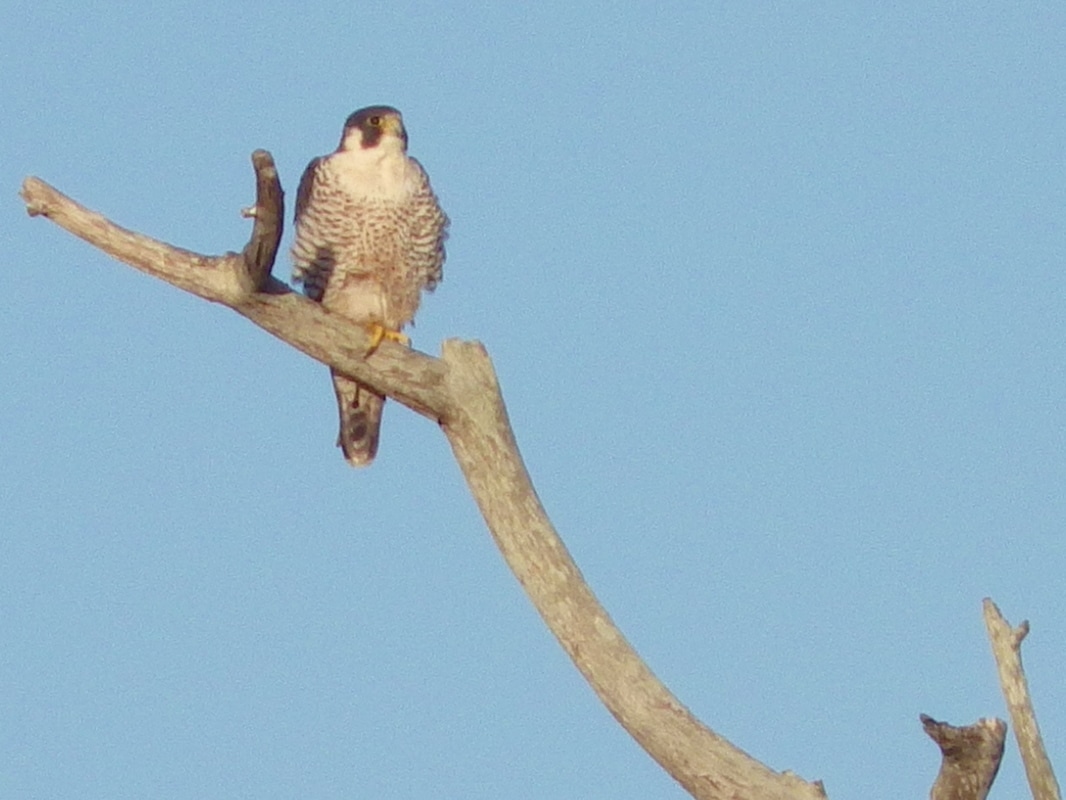
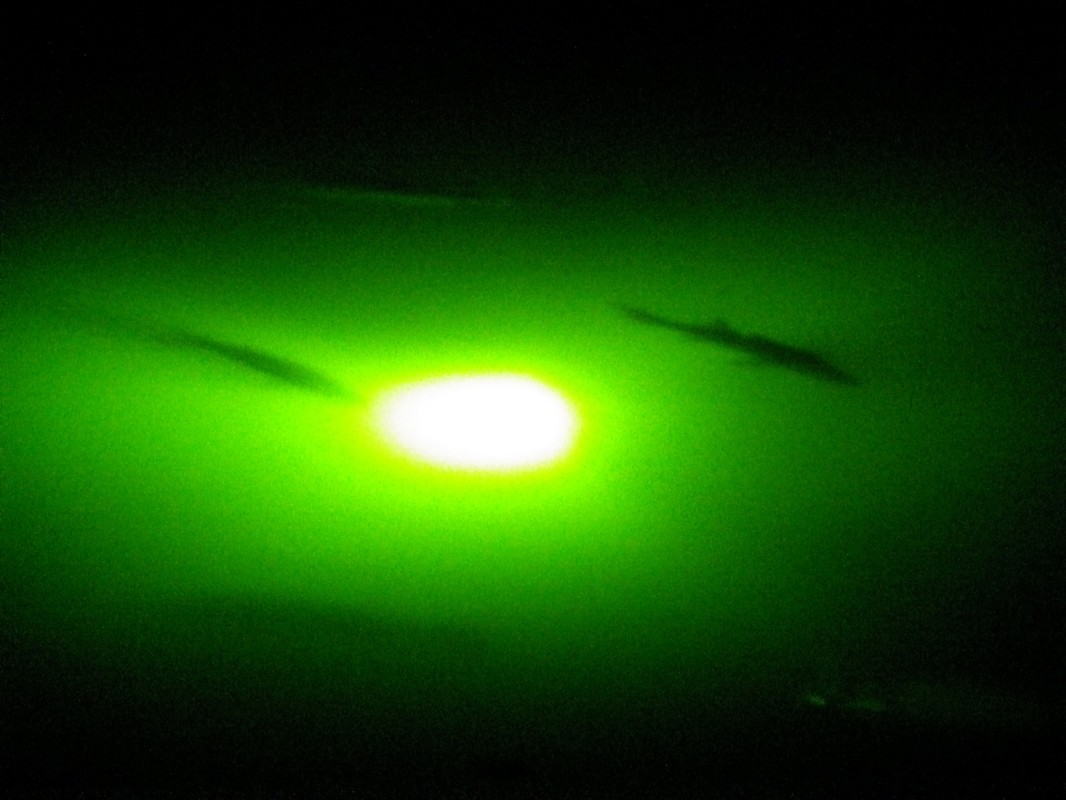
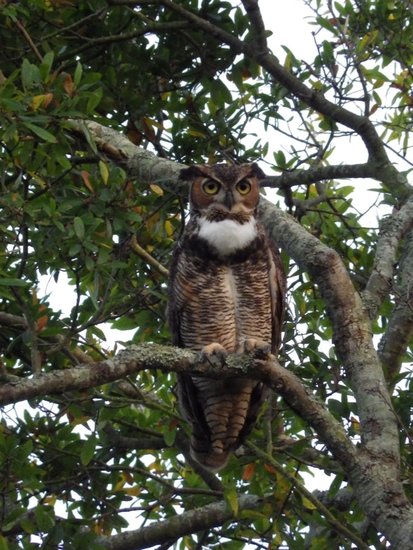
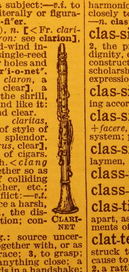
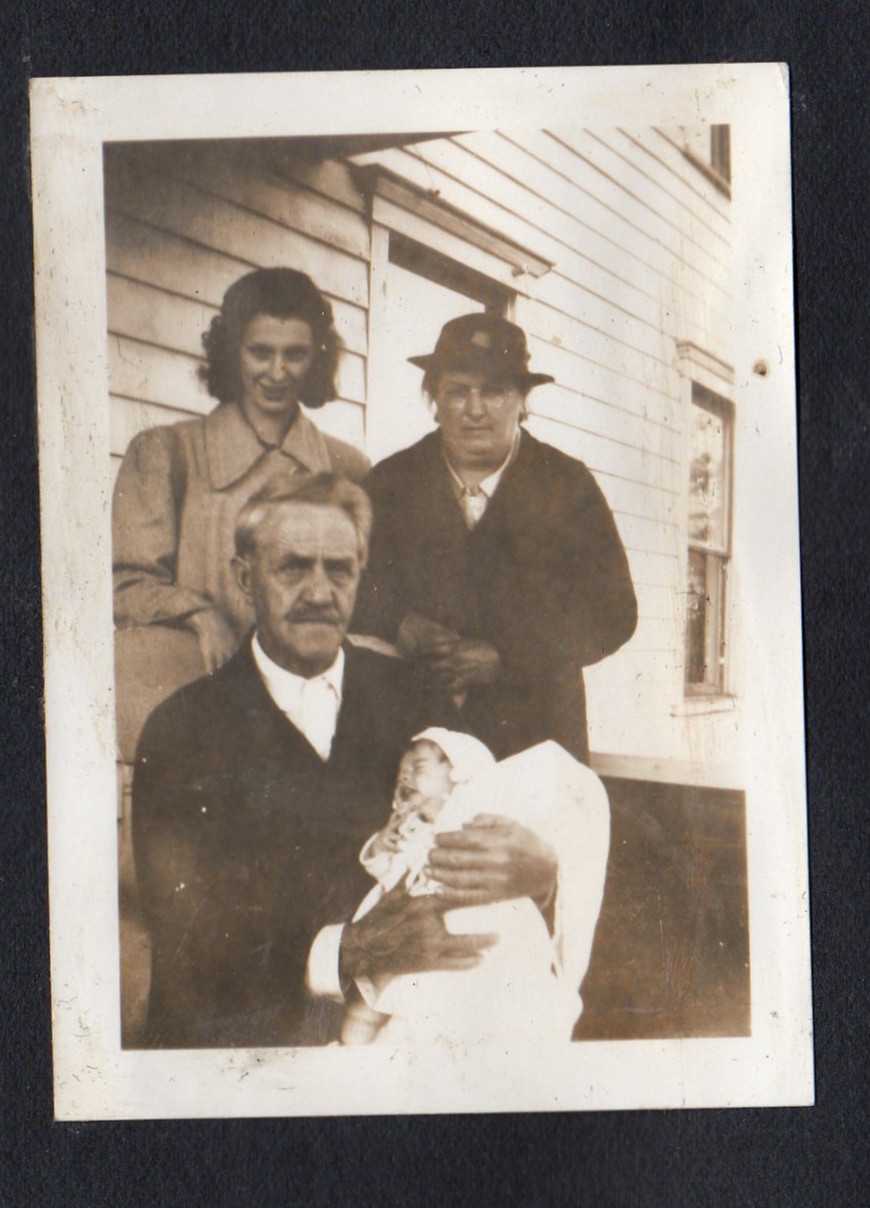
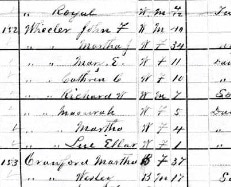

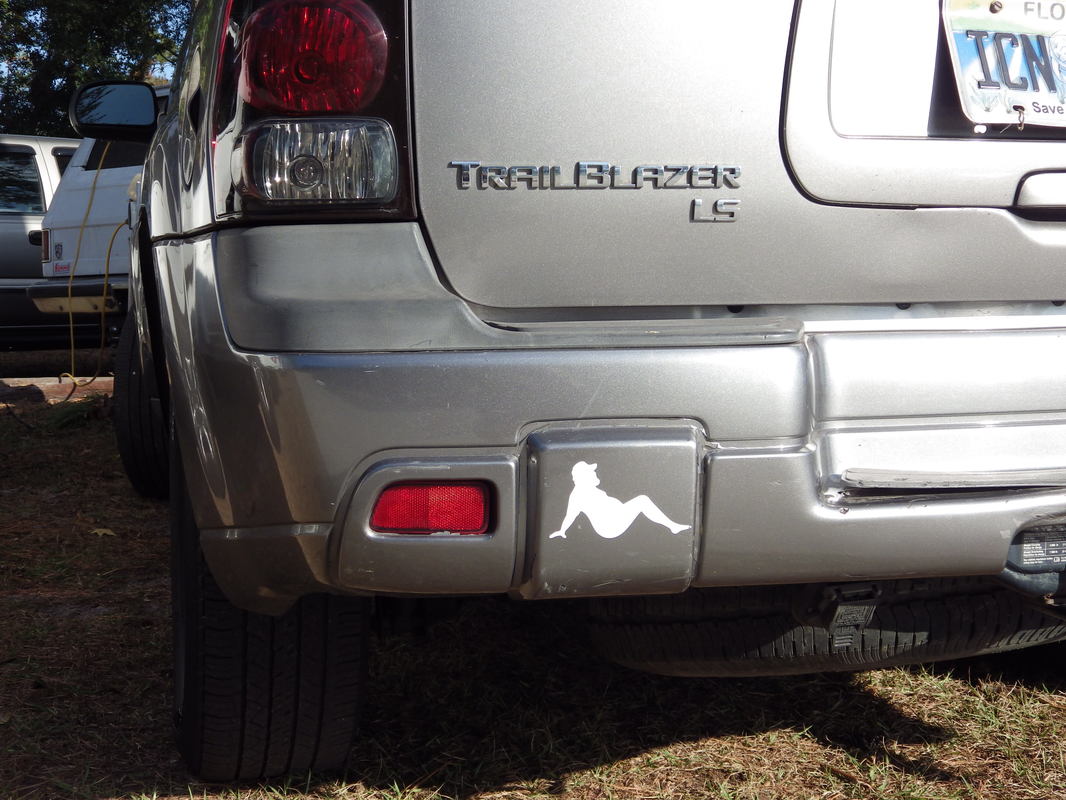
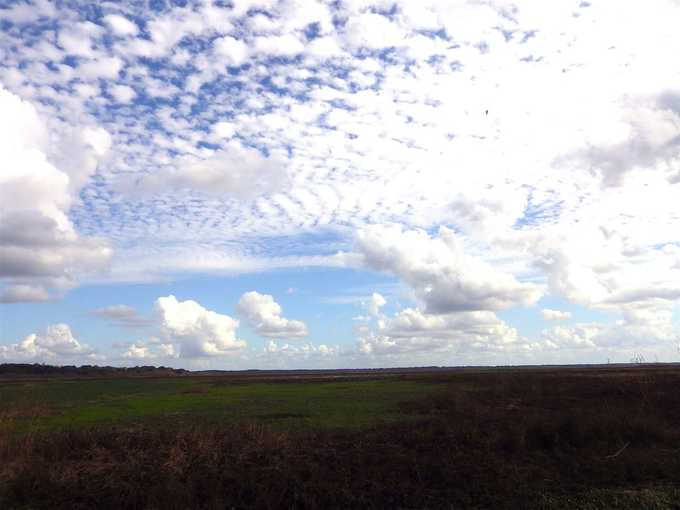
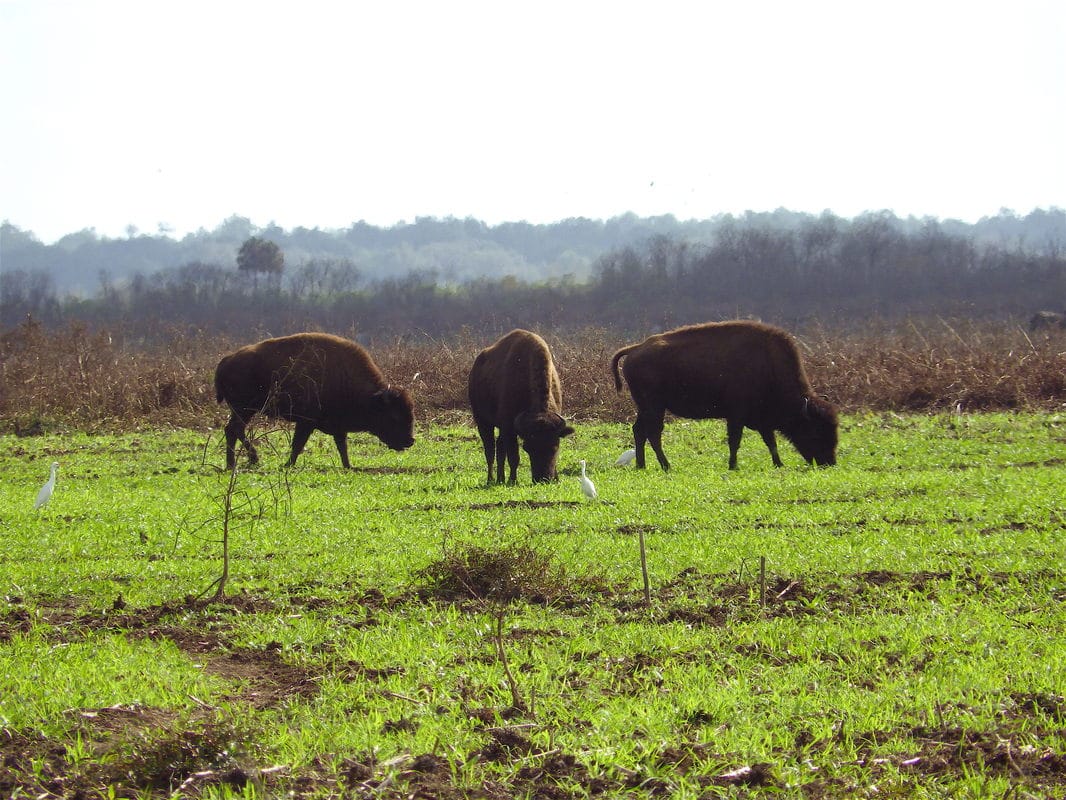
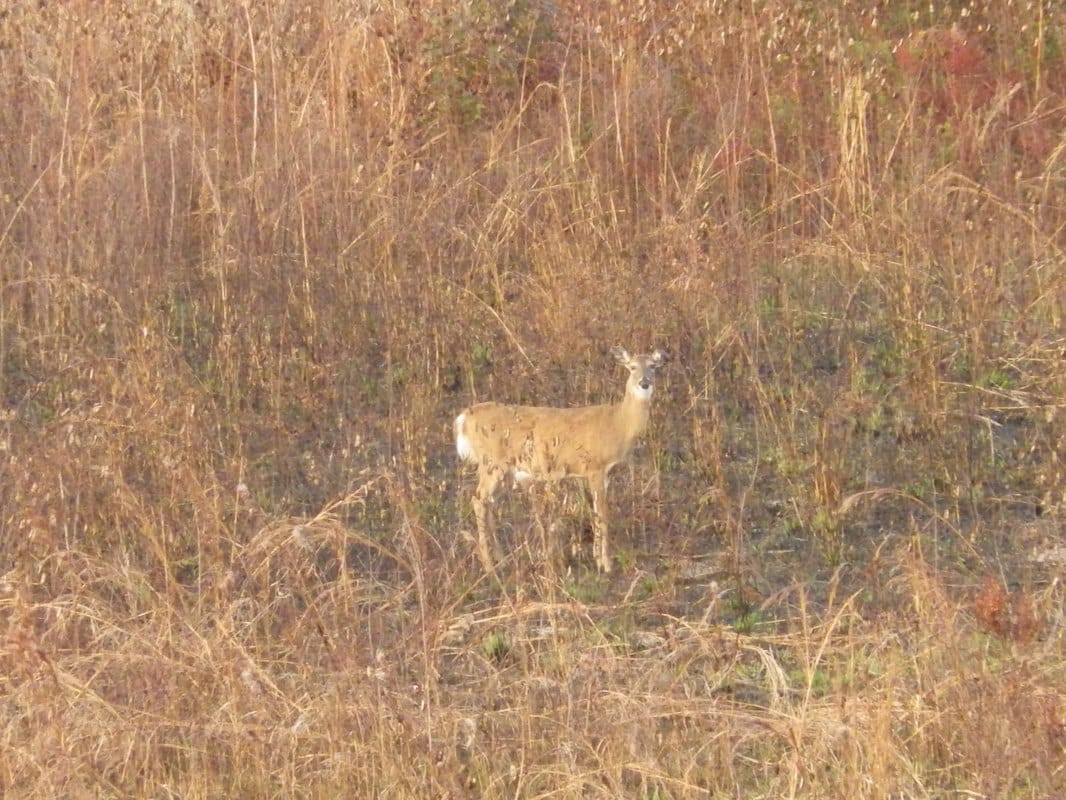
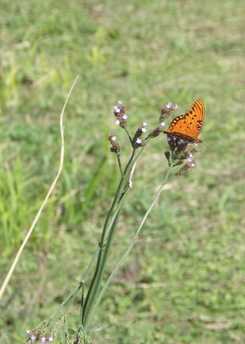
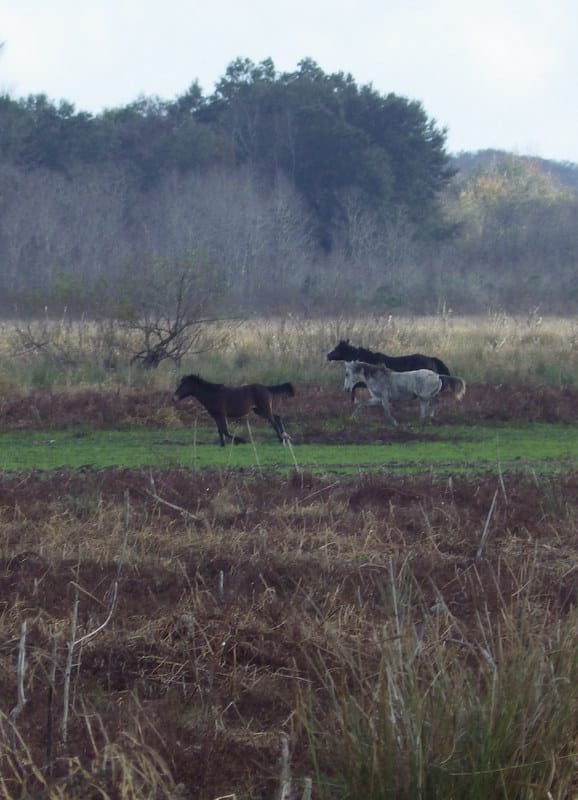
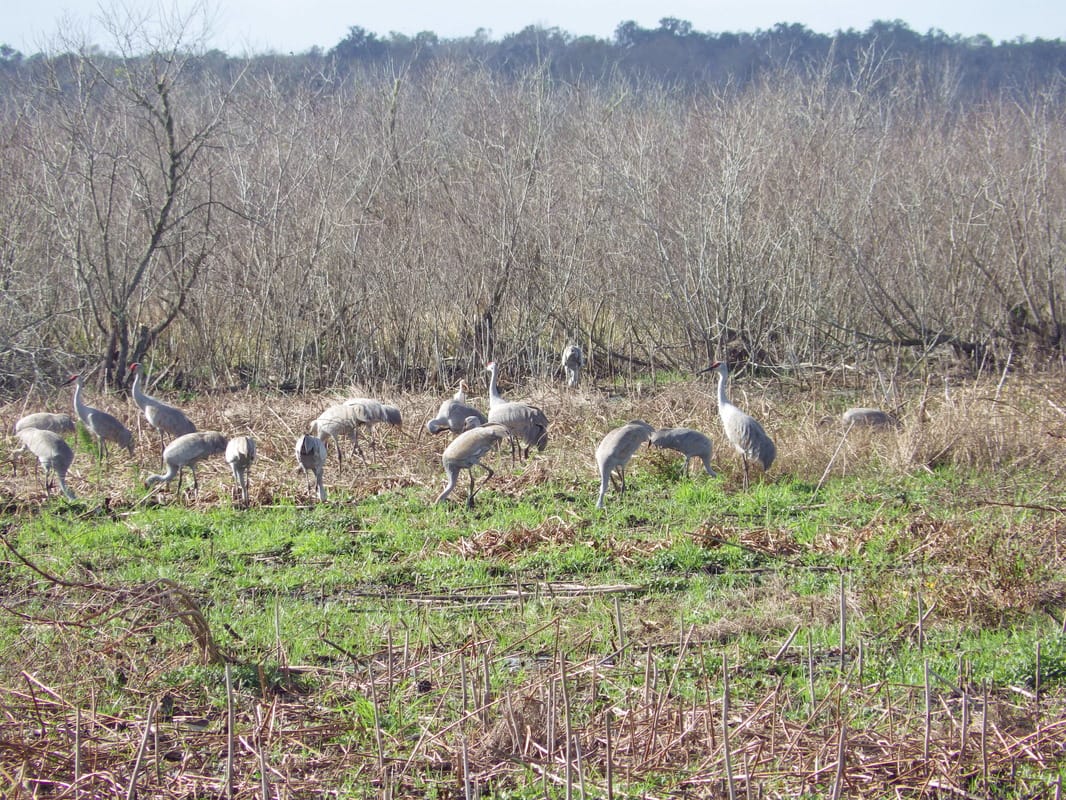
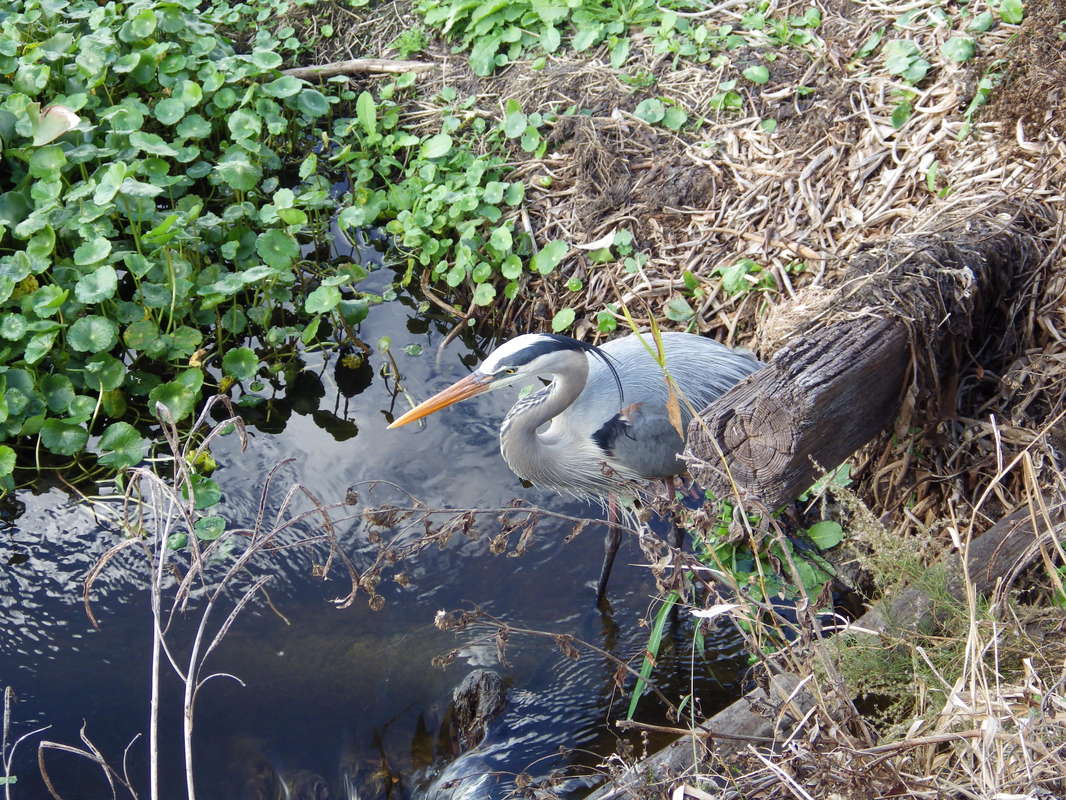
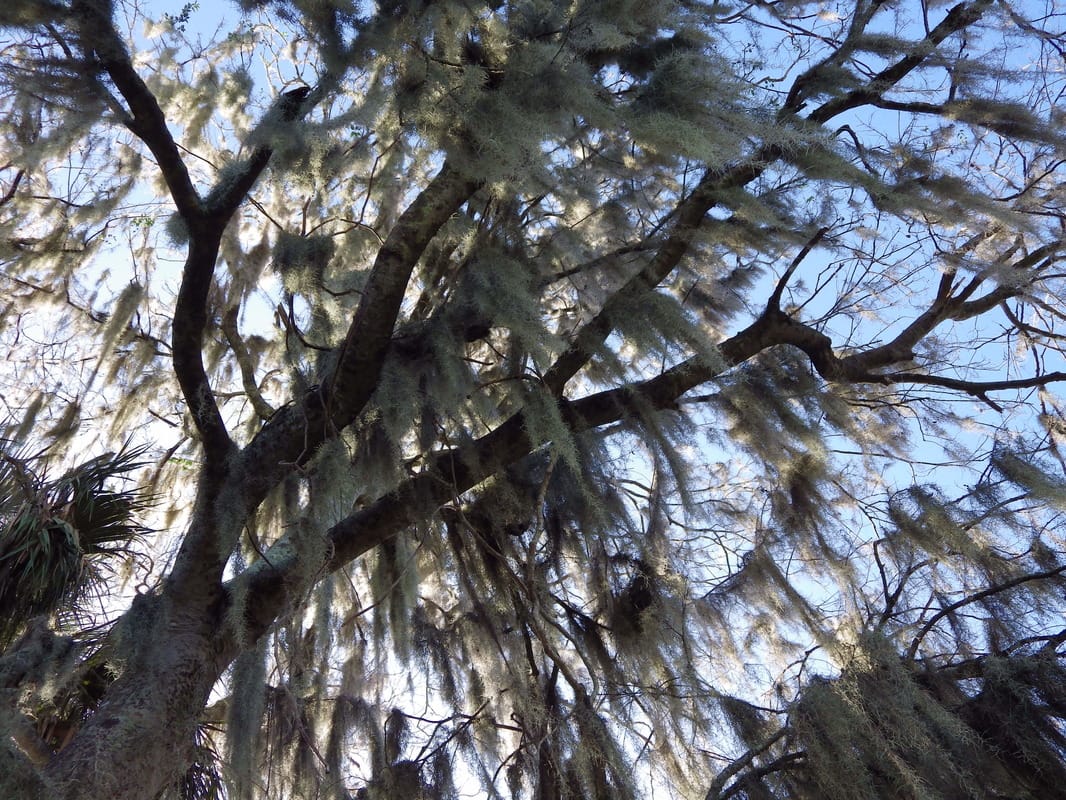
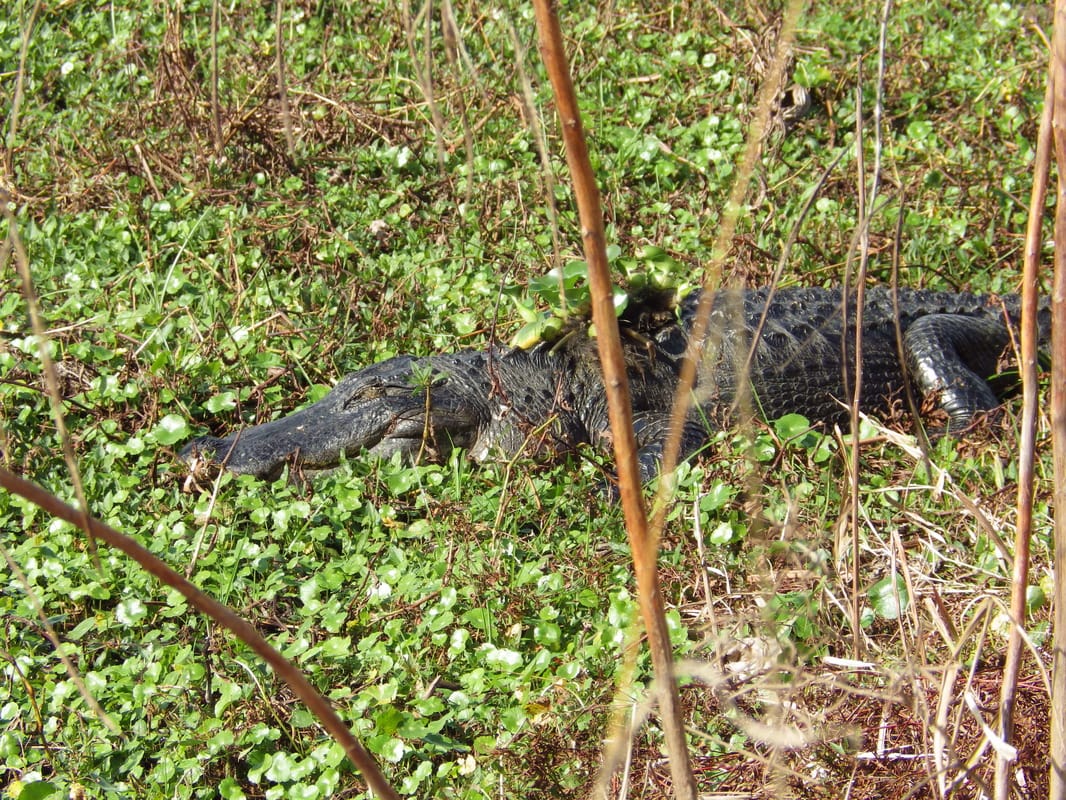
 RSS Feed
RSS Feed
